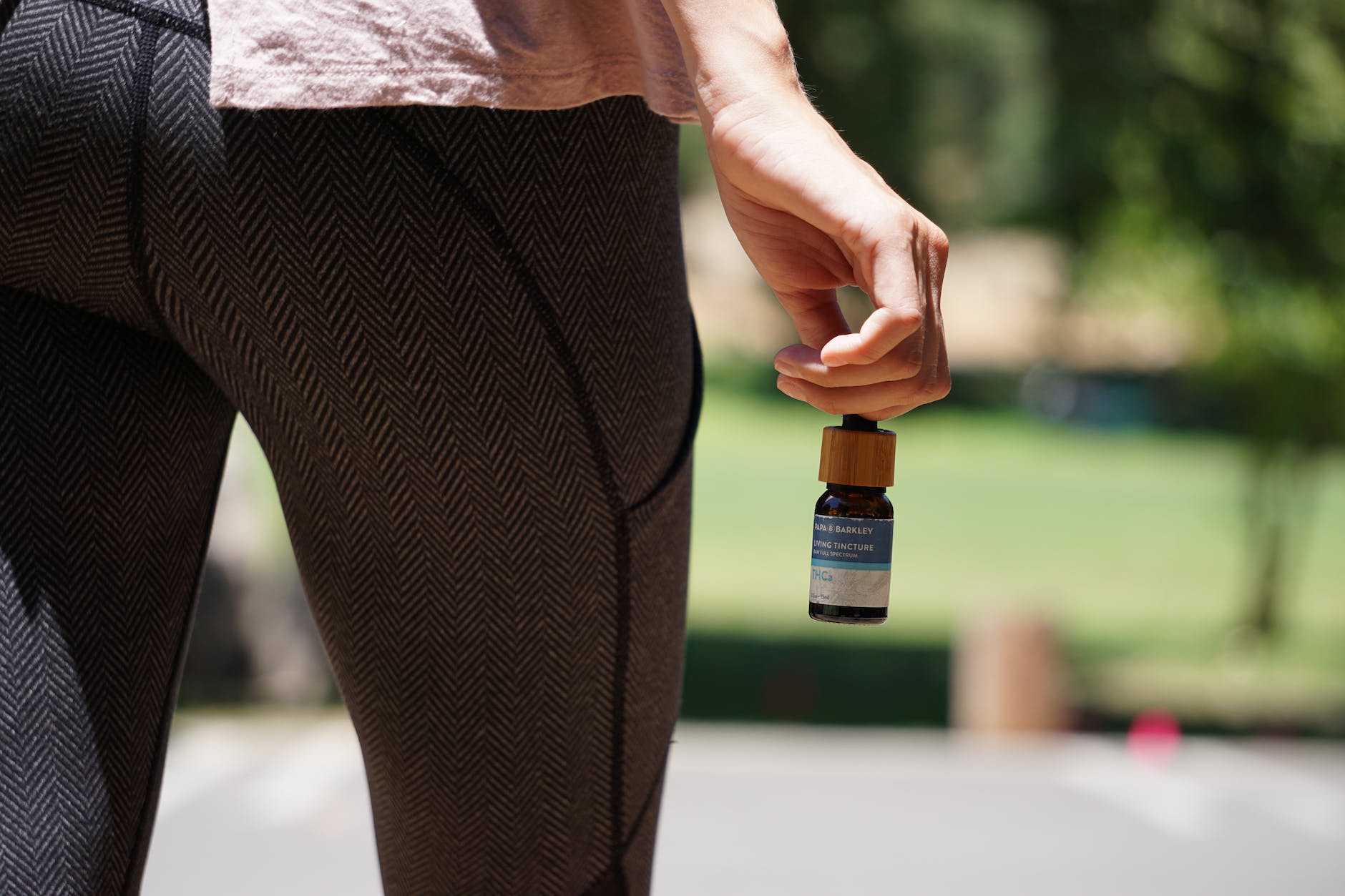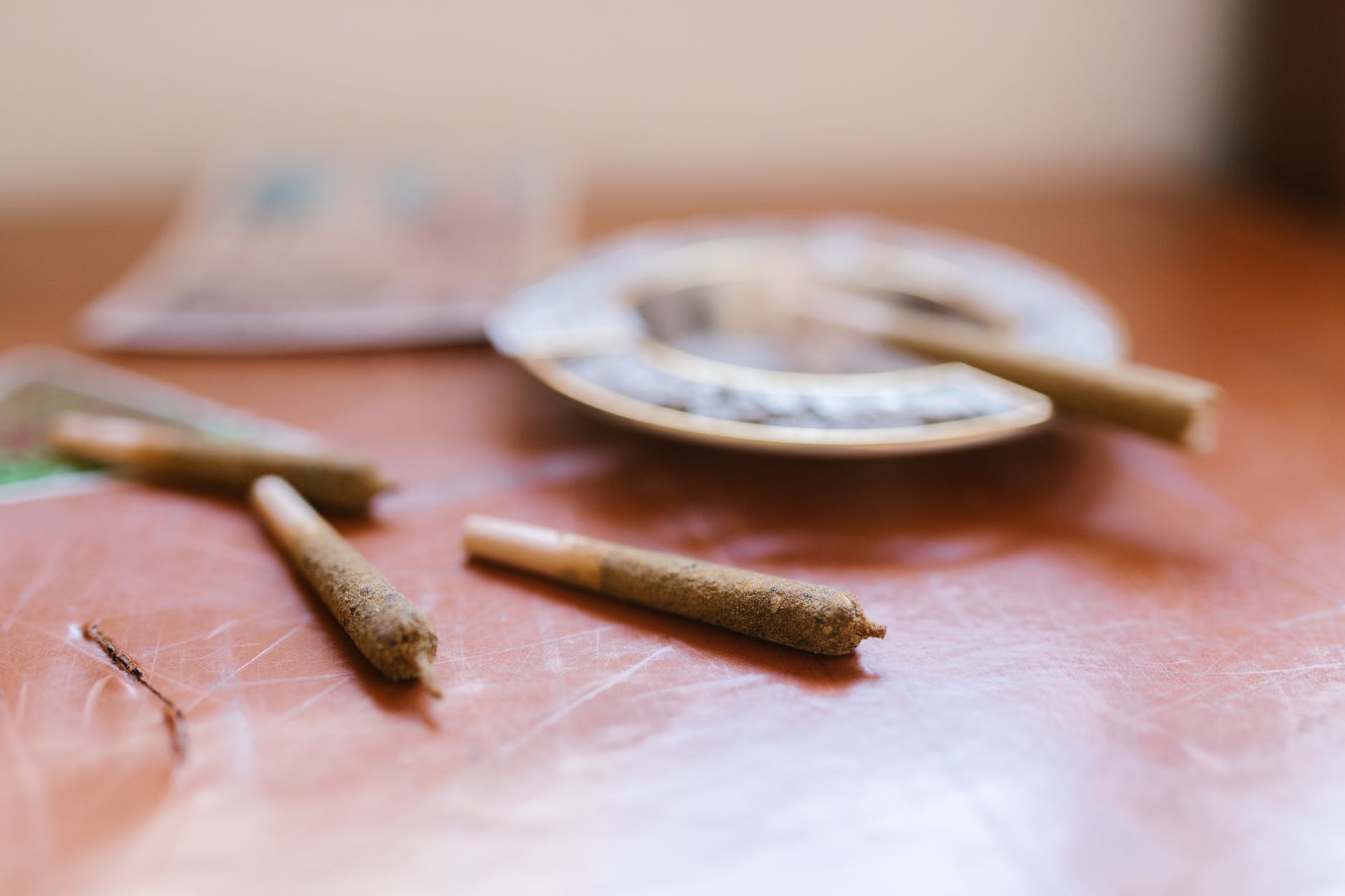Integrating cannabis into your dishes doesn’t just offer potential therapeutic benefits but can also introduce a distinct flavor profile that can elevate your culinary creations. Here, we will delve into the world of cannabis edibles, clearing the smoke around infusion methods, decarboxylation, cannabis butter/oil production, dosing guidelines, and various culinary techniques.
Above everything else, it’s essential to understand the process of decarboxylation. Decarboxylation is a heat-induced transformation that activates the psychoactive component in cannabis, tetrahydrocannabinol (THC). Raw cannabis contains the non-intoxicating compound THCA, which only turns into THC once heated. This process significantly increases the effectiveness of homemade cannabis-infused products. You can decarboxylate cannabis by baking it at a low temperature (approximately 240 degrees Fahrenheit) for about 30-40 minutes (Leafly).
One of the most common infusion methods is creating cannabis butter or oil. Cannabis-infused butter — or “cannabutter” — is the backbone of many edibles. Cannabis butter/oil is relatively straight-forward to make, essentially involving a process of simmering your decarboxylated cannabis in butter or oil, enabling the fat to absorb the THC. Once a sufficient amount of time has passed, the mixture is then strained to remove any plant matter, and the remaining liquid solidifies when cooled, resulting in potent, THC-infused butter or oil (Bon Appétit) .
There is an array of recipes available that use cannabis-infused products. From sweet treats like cookies and brownies to savory dishes such as pasta sauces and salad dressings, the world of culinary cannabis is only limited by your creativity. However, when adding cannabis to recipes, one must consider the heat sensitivity of THC. Too high temperatures could degrade the THC and lower the potency of the edible (Westword) .
When it comes to dosing guidelines, it’s important to start slow and go slow. Because everyone’s body reacts to THC differently, it’s suggested to begin with lower doses (around 5-10 milligrams per serving) and then adjust as needed. Pay attention to the amount of cannabis used in your butter or oil and calculate the potency of your servings (Real Simple) .
High-quality cooking equipment is also vital for cooking with cannabis. Using sophisticated tools like a double boiler can help prevent your cannabis from burning during the infusion process. It is also recommended to use a cheesecloth or a fine strainer while draining the mixture to ensure no plant material is left in the final product (Food & Wine) .
For those who savour taste as much as effect, there are various taste-enhancing tips to consider while cooking with cannabis. Selecting the right strain can add contrasting or complementary flavors to the dish, and pairing cannabis with specific foods can either mask or enhance its natural flavor. Acids like lemon or lime juice can help balance the herbaceous taste, and the use of terpene-rich garnishes like citrus peels can help harmonize flavours (Prof. of Pot).
In conclusion, cooking with cannabis is an exciting frontier to explore, whether you’re a gourmet chef or a home cook. Understanding the basics— from decarboxylation to dosing— and being creative with recipes can open the door to countless homemade, cannabis-infused culinary delights. Remember to start low, go slow, and, most importantly, have fun experimenting.
Please note: The effects of cannabis can vary widely depending on the individual and consumption amount. Always abide by local laws and regulations regarding cannabis use and possession.

